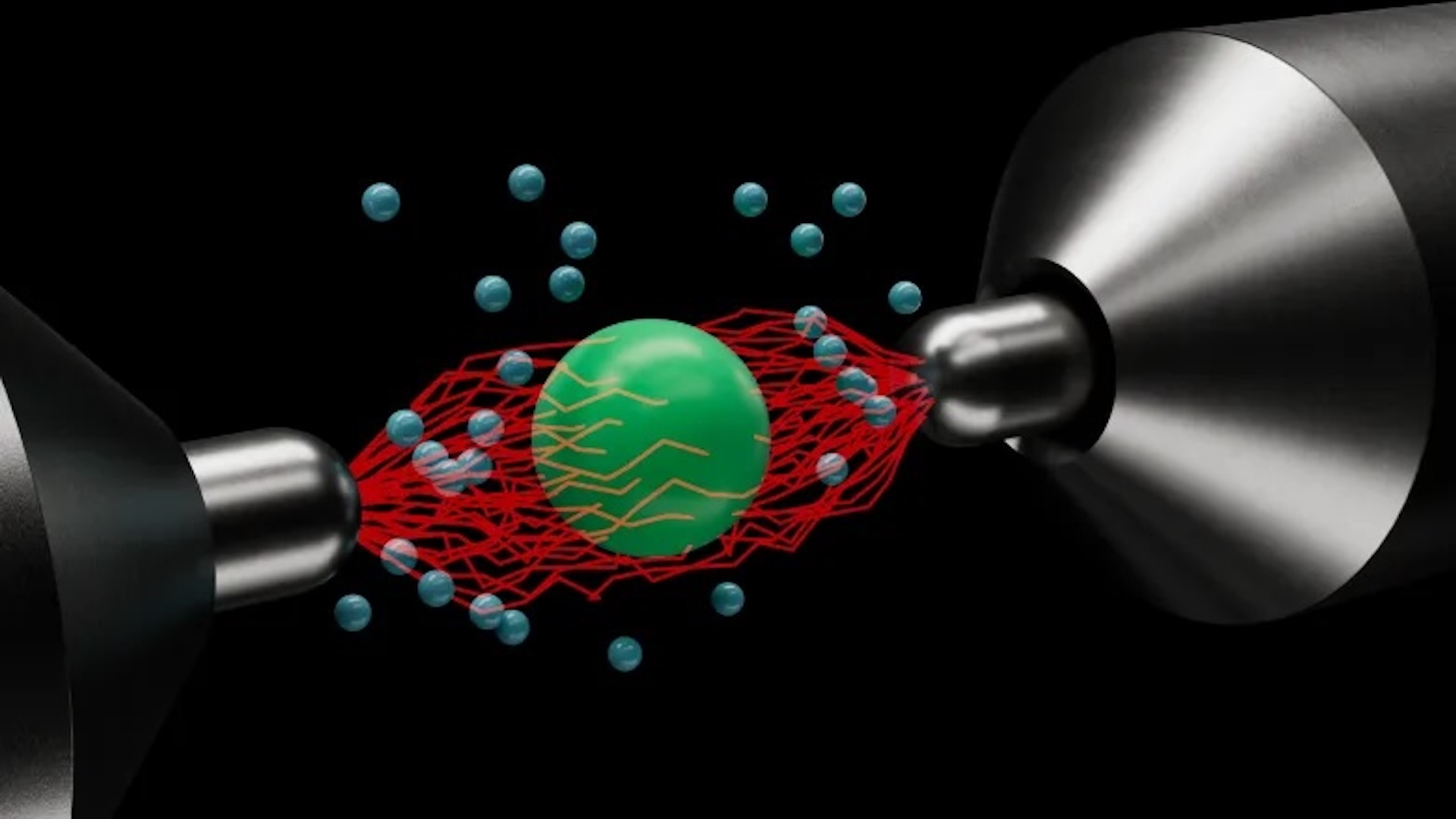A team of scientists claims it has created the world’s hottest engine.
The innovative engine runs at temperatures higher than the sun’s core. It is also made up of a tiny, microscopic particle suspended at a low pressure using electrical fields.
Called a Paul Trap, the researchers can exponentially increase its heat by applying a noisy voltage to the electrodes holding the particle in place.
The engine won’t power a tiny vehicle. Instead, the team, from King’s College London, believes it could shed light on the laws of thermodynamics on a small scale. In an unusual turn, it could also help scientists develop innovative treatments for diseases by improving our understanding of protein folding.
A ‘microcosm of the wider universe’
The King’s College team’s Paul Trap is an engine under its most basic definition – engines convert one form of energy to mechanical energy. In this case, heat is converted into movement.
The experiment is the first of its kind to raise temperatures to such a high level, on such a small scale. According to a press statement, the team behind the study found that their engine often contradicted the basic laws of thermodynamics.
For example, the engine would sometimes cool down instead of heat up when exposed to warmer temperatures. In a paper in the journal Physical Review Letters, the team explains how this is down to typically undetectable thermal fluctuations. These have a random influence that is unique to the microscale. Studying these microscale variations could help the team better understand thermodynamics as a whole.
“Engines and the types of energy transfer that occur within them are a microcosm of the wider universe,” Molly Message, a PhD student at the Department of Physics at King’s College London and first author of the paper, explained in the press release.
“Studying the steam engine brought about the field of thermodynamics, which in turn revealed some of the fundamental laws of physics,” she continued. “The continued study of engines into new regimes offers the potential to expand our understanding of the universe and the processes that drive its development.”
Investigating protein folding with the world’s hottest engine
The scientists also believe their Paul Trap could provide a new, efficient means for computing how proteins fold.
Protein folding – the subject of last year’s Nobel Prize in Chemistry – is crucial for good health in human physiology. Understanding the process allows scientists to develop new treatments for various diseases.
“Proteins are the engines that power most of the important processes in our body, so understanding their mechanics and how that can go wrong is a vital step in understanding disease and how it can be treated,” explained Dr Jonathan Pritchett, one of the researchers involved in the study.
The team hopes their Paul Trap could be used as an analog computer, allowing researchers to predict how proteins fold and assemble themselves efficiently.
An analog computer is a physical simulation of a system that a user is trying to model. These types of devices date back to the times of the Ancient Greeks with their Antikythera mechanism.
The researchers claim they can simulate the random forces that act on proteins during folding by applying Paul Trap’s electric fields. Using this analog computer method would avoid problems associated with simulating protein folding via digital simulations – namely, the fact that proteins fold over milliseconds, while their atoms move over nanoseconds, making them very difficult to model digitally.
“By just observing how the microparticle moves and working out a series of equations based on that, we avoid this problem entirely,” Pritchett said.
Ultimately, the researchers believe the hottest engine ever devised will help the scientific community better understand thermodynamics. Impressively, this could allow for better real-world engines, while also helping to boost our understanding of human physiology.
First Appeared on
Source link













